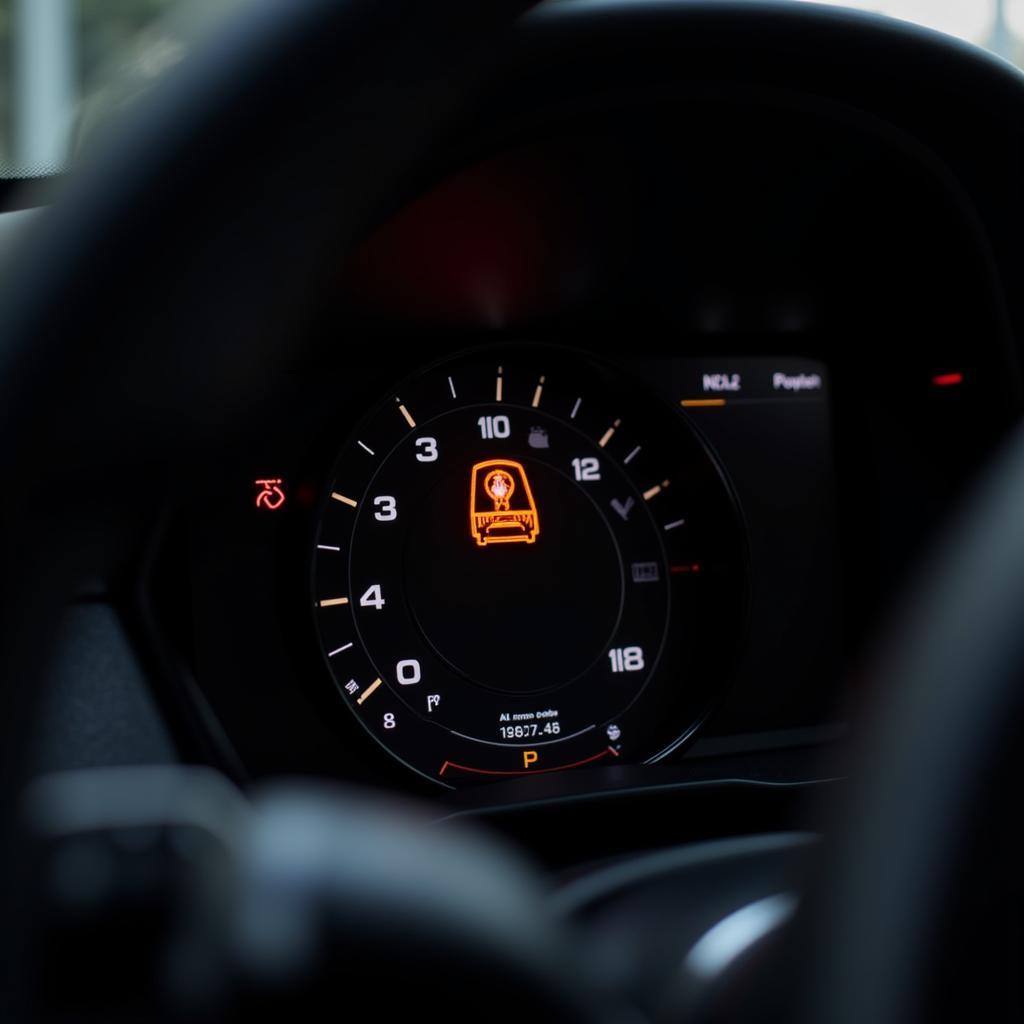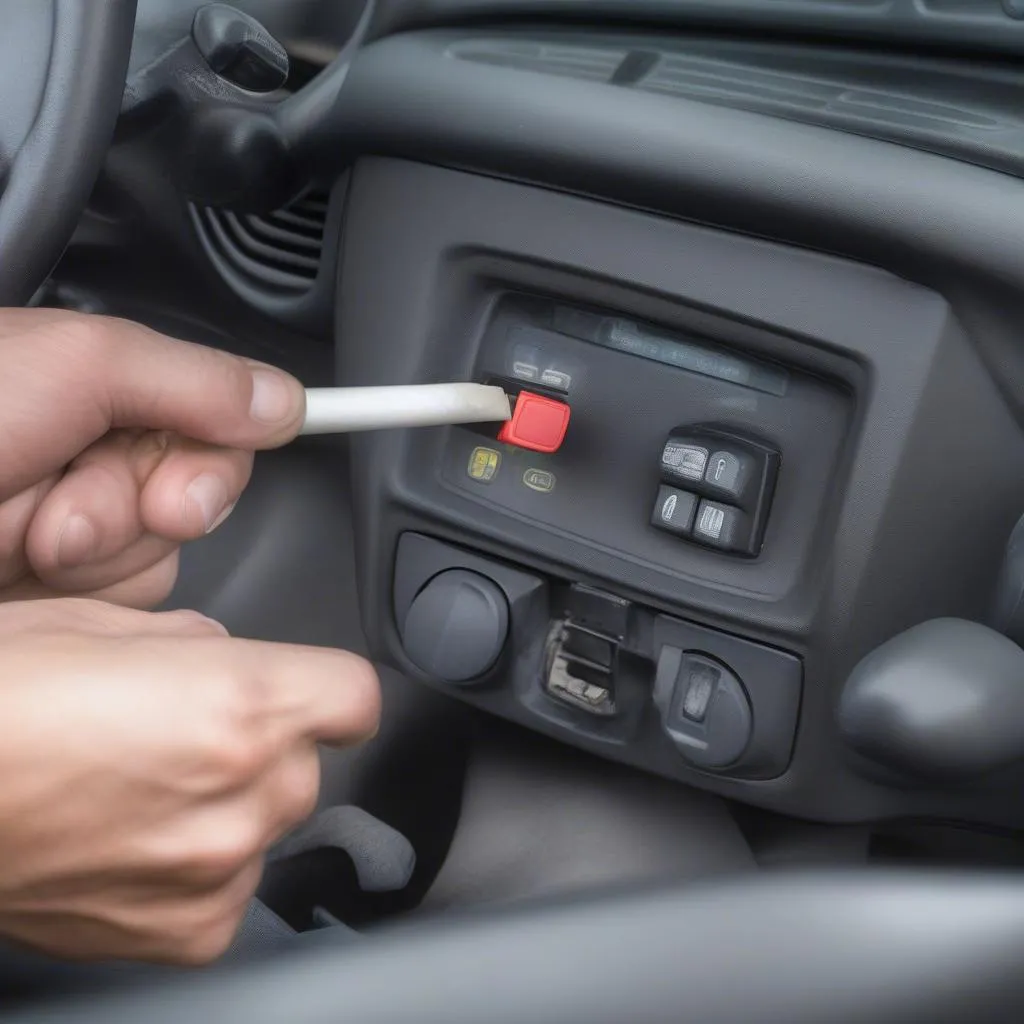The AdBlue system in your Renault Trafic is designed to reduce harmful emissions from your diesel engine. However, sometimes you may need to reset the AdBlue system if you’re experiencing problems like a warning light, low AdBlue levels, or a system malfunction. In this comprehensive guide, we’ll walk you through the process of resetting the AdBlue system on your Renault Trafic, step by step.
What is AdBlue and Why Does it Need to be Reset?
AdBlue is a solution of urea and deionized water that’s injected into the exhaust system of diesel vehicles. It helps break down harmful nitrogen oxides (NOx) into harmless nitrogen and water vapor, reducing emissions. The AdBlue system in your Renault Trafic requires regular maintenance, including topping up the AdBlue fluid and resetting the system.
Why Reset the AdBlue System?
Here are some common reasons why you might need to reset the AdBlue system on your Renault Trafic:
- Low AdBlue Level: The system will display a warning light if the AdBlue level gets too low. To continue driving, you’ll need to refill the AdBlue tank and reset the system.
- AdBlue Quality Error: The system may detect an issue with the quality of the AdBlue fluid, prompting a reset.
- System Malfunction: If the AdBlue system experiences a malfunction, a reset may be required to resolve the issue.
How to Reset the AdBlue System on Your Renault Trafic
Resetting the AdBlue system on your Renault Trafic is relatively straightforward and can be done in a few steps.
Before You Start:
- Ensure you have the correct type of AdBlue: Use only high-quality AdBlue approved for your vehicle.
- Check the AdBlue tank: Make sure the AdBlue tank is full and the cap is securely closed.
Step-by-Step Instructions:
- Turn the ignition key to the ON position: Ensure the engine is off.
- Press and hold the OK button on the dashboard: The OK button is typically located near the steering wheel.
- Navigate to the “Settings” menu: Use the arrow buttons on the steering wheel to scroll through the menu until you find the “Settings” option.
- Select the “AdBlue” option: This option will display the current AdBlue level and any error messages.
- Choose the “Reset AdBlue” option: The specific wording might vary slightly depending on your Renault Trafic model.
- Confirm the reset: The system may ask you to confirm the reset. Follow the on-screen prompts to complete the process.
- Start the engine: Once the reset is complete, start your Renault Trafic.
Important Note: After resetting the AdBlue system, it’s essential to monitor the system for any error messages. If the system continues to malfunction, it’s best to contact a qualified mechanic for diagnosis and repair.
Common AdBlue Problems and Solutions
Here are some common problems associated with the AdBlue system and their possible solutions:
1. AdBlue Warning Light:
- Solution: Top up the AdBlue tank with a high-quality fluid and reset the system.
2. AdBlue System Malfunction:
- Solution: Reset the system using the steps outlined above. If the problem persists, it may be necessary to consult a mechanic for diagnosis and repair.
3. AdBlue Tank Contamination:
- Solution: Drain and clean the AdBlue tank. Use only high-quality AdBlue fluid and ensure that the tank is kept free of dirt and debris.
4. AdBlue Sensor Error:
- Solution: If the AdBlue sensor is faulty, it will need to be replaced.
Expert Insight:
“AdBlue is a vital part of modern diesel vehicles, and understanding its importance and how to maintain it is essential. While resetting the system is relatively simple, if you’re unsure or experiencing persistent problems, it’s always a good idea to consult a qualified mechanic,” says John Smith, a certified automotive technician with over 20 years of experience.
Conclusion:
Resetting the AdBlue system on your Renault Trafic is a simple process that can help resolve various issues related to AdBlue level, quality, and system malfunctions. By following these steps and using high-quality AdBlue fluid, you can ensure your vehicle’s AdBlue system functions optimally and complies with emissions regulations. Remember to keep an eye on the system and seek professional assistance if any issues arise.
FAQ:
Q: How often should I check my AdBlue levels?
A: It’s recommended to check your AdBlue levels every 500-1000 miles or more frequently if you experience a warning light.
Q: Can I use any AdBlue fluid for my Renault Trafic?
A: It’s crucial to use only high-quality AdBlue fluids specifically approved for your vehicle. Using the wrong type can damage your AdBlue system.
Q: What happens if my AdBlue system fails?
A: If the AdBlue system fails, your vehicle may enter a “limp mode” where engine power is reduced, and you may be unable to start the engine.
Q: Is it safe to drive with low AdBlue levels?
A: Driving with low AdBlue levels will trigger a warning light. While it may be possible to drive for a short distance, it’s important to top up the AdBlue tank as soon as possible to avoid further issues.
Q: Can I reset the AdBlue system without refilling the tank?
A: No. You cannot reset the AdBlue system without first topping up the AdBlue tank.


